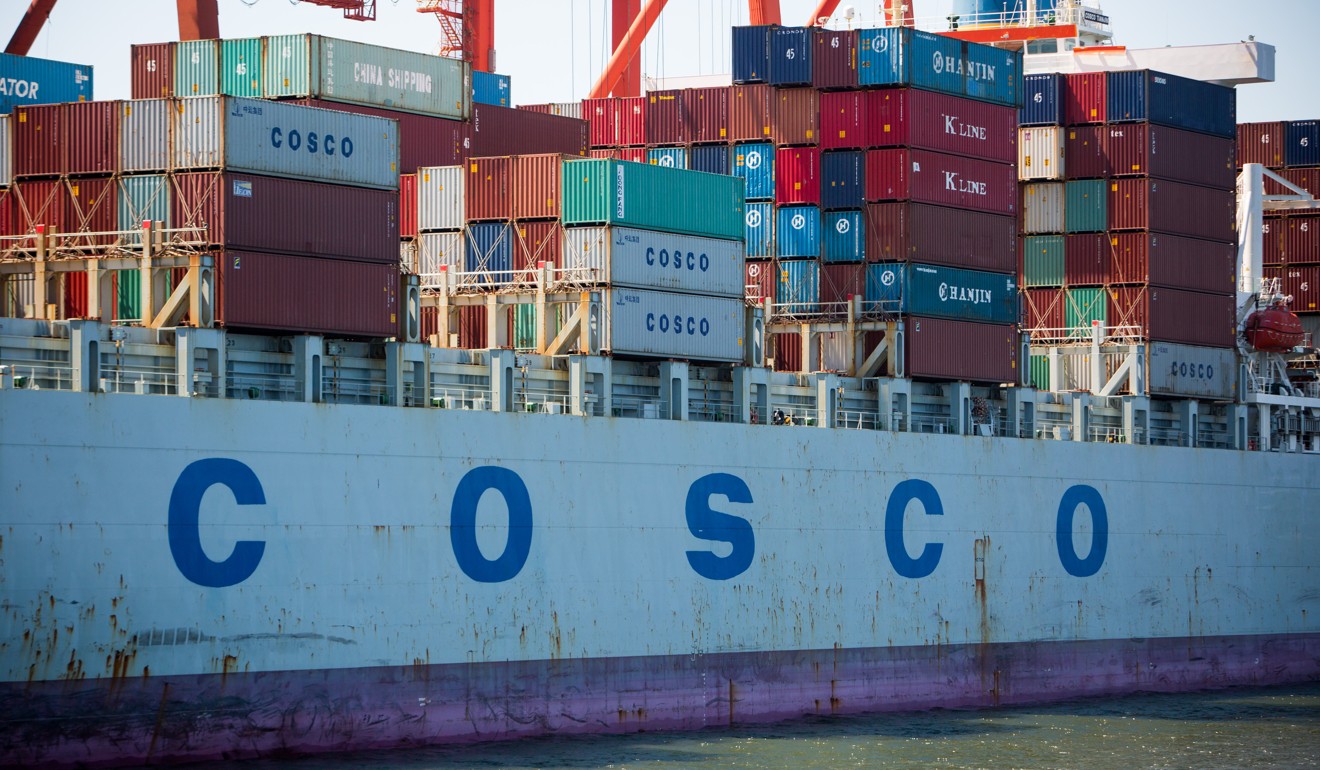
How to tackle inefficiencies in China’s US$35 trillion logistics industry - big data, AI, robotics
Leading logistics solutions provider GLP says application of cutting edge technology can improve the efficiency of China’s booming logistics industry
The booming Chinese logistics industry is also very inefficient, but this is not an issue technology cannot resolve, according to GLP, one of the world’s largest logistics solutions providers.
China’s 230 trillion yuan (US$35.76 trillion) logistics industry, fraught with wastage and challenged by changing consumption patterns, must adopt cutting edge technology. Although the Chinese Academy of Sciences projected that the proportion of logistics costs to China’s gross domestic product will shrink to about 14 per cent this year, it will still be larger than the 8 to 9 per cent recorded in developed markets.
There is a lot of room for better integrating the use of technology in the logistics industry
“Technology is not being deployed in a lot of instances, and its use is very fragmented. There is a lot of room for better integrating the use of technology in the logistics industry,” said Ming Mei, the company’s co-founder and chief executive.
“What we are investing heavily in now is … the multimodal logistics park [concept]. So, basically we are integrating water, rail, motorways and air, based on a customer’s demands.

“For instance, if you need something very urgently, you don’t need to ship the entire batch by air. You can ship 15 per cent [of it] and it will last for a few days. The rest [can go] by rail and by truck, and arrive as it is needed. This approach lowers logistics costs and increases efficiency,” said Mei.
These investments underscore GLP’s expansion beyond the running of a global network of warehouses, to being a provider of logistics ecosystems that meet the distribution needs of customers ranging from Adidas, BMW, Carrefour and JD.com to FedEx and DHL.
As part of its multimodal logistics park concept push, GLP is partnering with Cosco Shipping, China’s shipping and ports giant, under a framework agreement to help raise the efficiency of Cosco’s global network of ports with value-added facilities.
The collaboration will improve connectivity between Cosco’s ports and supply chain, and will include the development of infrastructure and implementation of technology that provide port and warehouse operators with real time tracking of incoming and outgoing shipments, said Victor Mok, co-president of real estate at GLP China.
The e-commerce explosion, especially in China, has displaced the conventional notion that warehouses and distribution centres should be near ports and airports. With about three quarters of the mainland’s 29.2 trillion yuan in e-commerce transactions last year involving goods and services, according to China’s National Bureau of Statistics data, it is now more about how soon goods can reach customers.

Mok said this was where GLP came in. The company has developed a set of tools that combine knowledge and big data, including transport, labour and location data, to help customers make decisions in a scientific manner. These tools provide them with an integrated option based on varying dimensions.
“We are able to tell our customers where they should put their facilities – not just one facility but their network, especially in China,” he said.
Such tailor-made solutions, which use data, artificial intelligence, predictive analytics and automation, will boost GLP’s profit margins, said Corrine Png, chief executive of independent research house Crucial Perspective.
“This is also a defensive move against major e-commerce players [such as Amazon, Alibaba and eBay], which have been investing heavily in logistics and are disrupting this traditionally bread-and-butter industry,” said Png.

Mei said investing in technology and start-ups had given the company access to the latest advancements in automation, self-driving and new energy trucks, and robotics. “This way, a company like ours doesn’t become a slow-turning book. It allows us to stay nimble and maintain our entrepreneurial spirit as technology and the environment continue to evolve.”
In April, GLP entered a joint venture with G7, a Chinese Internet of Things and big data company, and Nio Capital, which is backed by Chinese electric car maker Nio, to develop autonomous driving smart trucks powered by logistics big data and new energy technology.
It holds a 35 per cent stake in Tompkins Robotics, an automated parcel-sorting system developer, and its G2link joint venture unit produces an efficient truck-dock management system that helps operators overcome unnecessary delays caused by bottlenecks at warehouse loading docks.

